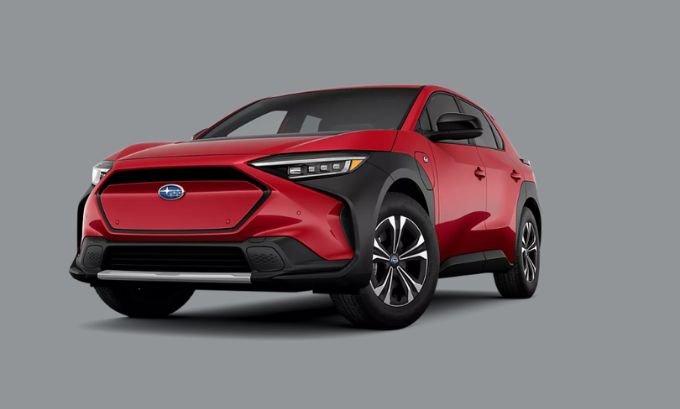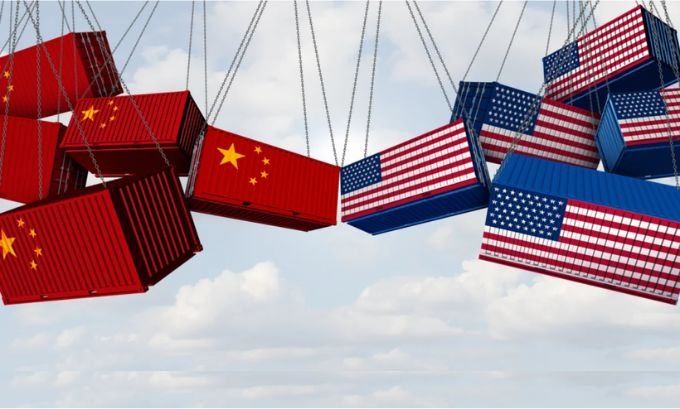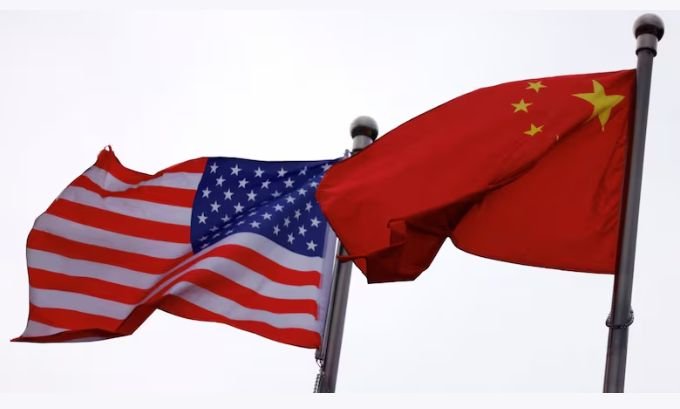The economic relationship between the United States and China has entered a new chapter. In May 2024, the Biden administration announced significant new tariffs targeting specific Chinese imports, including electric vehicles (EVs), solar cells, and medical supplies. This move builds upon the trade policies of the previous administration but with a more strategic focus on national security and domestic industry.
For business owners, supply chain managers, and consumers, these developments raise critical questions. What exactly do these new tariffs cover? Why are they being implemented now, and what impact will they have on the US economy and global trade? This article will break down the latest round of tariff news China, US-China tariffs, US Tariffs, explaining which industries are affected, the reasoning behind the policy, and what it could mean for your business and the products you use every day.
Table of Contents
A New Era of Tariffs
On May 14, 2024, President Biden directed the U.S. Trade Representative to increase tariffs on $18 billion worth of Chinese imports. This decision followed a multi-year review of the “Section 301” tariffs first imposed under the Trump administration. Unlike the broad-based tariffs of the past, this new strategy is highly targeted, aiming to protect and foster key American industries deemed vital for national and economic security.
The administration stated the tariffs are a response to China’s “unfair trade practices,” including intellectual property theft and forcing technology transfers. The goal is to counteract policies that have given Chinese companies a competitive advantage, particularly in green technology and strategic sectors.
Which Industries Are Affected by the New Tariffs?
The new tariff rates are being phased in between 2024 and 2026. They cover a range of products, with some seeing dramatic increases.

Electric Vehicles (EVs)
The most notable change is the tariff on Chinese electric vehicles, which will quadruple from 25% to 100% in 2024. This aggressive measure is designed to shield the burgeoning American EV market from a potential flood of lower-cost Chinese models. While very few Chinese EVs are currently sold in the U.S., the policy is a preemptive strike to ensure domestic manufacturers like Tesla, GM, and Ford can compete as they scale production.
Batteries and Battery Components
Closely linked to the EV market, tariffs on lithium-ion batteries are also set to rise.
- Lithium-ion EV batteries: Tariffs will increase from 7.5% to 25% in 2024.
- Lithium-ion non-EV batteries: Tariffs will also rise from 7.5% to 25%, but this change takes effect in 2026.
- Natural graphite and permanent magnets: Tariffs on these crucial battery materials will increase from 0% to 25% in 2026.
These measures aim to onshore more of the battery supply chain, a critical component for the future of both transportation and energy storage.
Solar Cells and Semiconductors
The green energy sector is another primary focus. Tariffs on solar cells will double, jumping from 25% to 50% in 2024. This is intended to boost domestic solar panel manufacturing, which has struggled to compete with Chinese producers.
Similarly, tariffs on semiconductors will double from 25% to 50% by 2025. This move aligns with the goals of the CHIPS and Science Act, which allocates billions in federal funding to revitalize the American semiconductor industry, reducing reliance on foreign supply for these essential electronic components.
Steel, Aluminum, and Medical Supplies
Other key sectors facing higher tariffs include:
- Steel and Aluminum: Tariffs on certain products will rise from a range of 0–7.5% to 25% in 2024. This targets China’s overcapacity, which the White House says drives down global prices and harms U.S. producers.
- Ship-to-Shore Cranes: New tariffs of 25% will be imposed in 2024 due to national security concerns over the potential for espionage through Chinese-made port equipment.
- Medical Supplies: Tariffs on syringes, needles, masks, and certain respirators will increase to between 25% and 50% in 2024, reflecting a push for greater domestic production of essential medical gear highlighted during the COVID-19 pandemic.
The “Why” Behind the Policy
The core motivation for these tariffs is twofold: economic competition and national security. The White House argues that China’s state-subsidized industrial strategy gives its companies an unfair advantage, allowing them to produce goods at artificially low prices. By leveling the playing field with tariffs, the administration hopes to encourage investment in American manufacturing, create jobs, and secure domestic supply chains.
National security is an equally important driver. The reliance on China for critical components like semiconductors, port machinery, and medical equipment is viewed as a significant vulnerability. By promoting domestic production, the U.S. aims to become more self-sufficient and less susceptible to geopolitical disruptions.

Potential Impacts and What to Expect Tariff News China
The implementation of these tariffs will likely have a ripple effect across the economy.
For Consumers
In the short term, consumers may not feel a direct impact from the EV tariff, as Chinese brands have a negligible presence in the U.S. market. However, tariffs on other goods like solar panels and battery components could lead to higher prices for clean energy installations and electronics. The long-term hope is that increased domestic production will eventually lead to more stable pricing and less reliance on volatile global supply chains.
For Businesses
Companies that rely on Chinese imports in the targeted sectors face a significant challenge. They will need to either absorb the increased costs, pass them on to customers, or reconfigure their supply chains. This “de-risking” process, which involves finding alternative suppliers in other countries or moving production back to the U.S., can be complex and expensive. However, businesses in domestic manufacturing, particularly in the EV, solar, and semiconductor industries, stand to benefit from the reduced competition.
For Global Trade
China has already condemned the new tariffs and has signaled that it may retaliate with its own measures, potentially escalating the trade dispute. This ongoing tension creates uncertainty in the global market. Other countries are watching closely, and some may follow the U.S. lead in implementing protective trade policies, leading to a more fragmented global economy.
Looking Ahead: Navigating the New Trade Landscape
The 2025 tariff increases represent a clear and strategic shift in U.S. trade policy toward China. This is not a return to the broad-based trade war of the past, but a calculated effort to protect and grow key domestic industries for the future.
For businesses and consumers, the key takeaway is the growing importance of resilient and diversified supply chains. The era of relying solely on the lowest-cost producer is evolving into one where security, stability, and geopolitical factors play a much larger role. Staying informed about these tariff developments and understanding their potential impact on your industry will be essential for navigating the complex economic landscape ahead.

